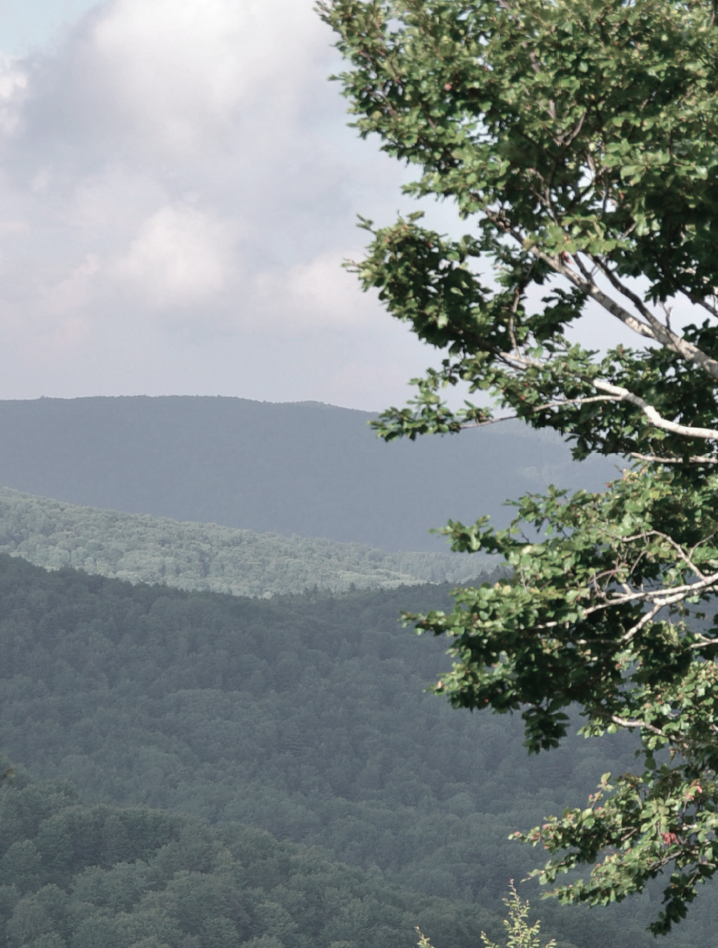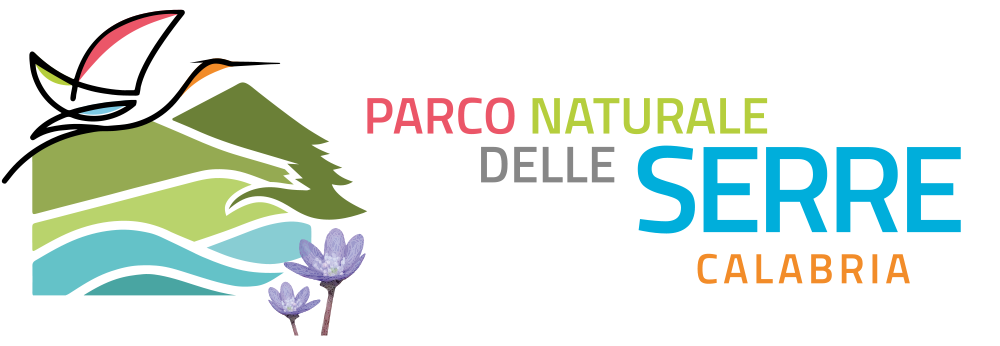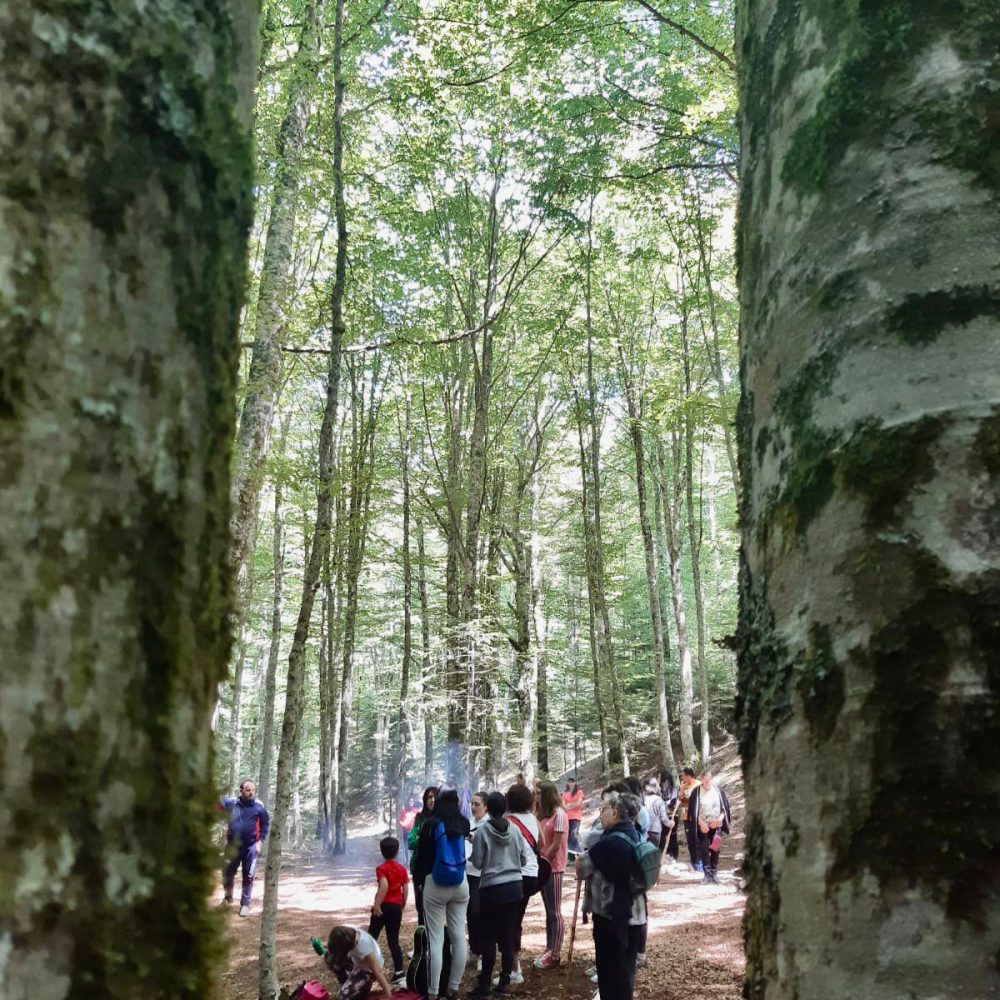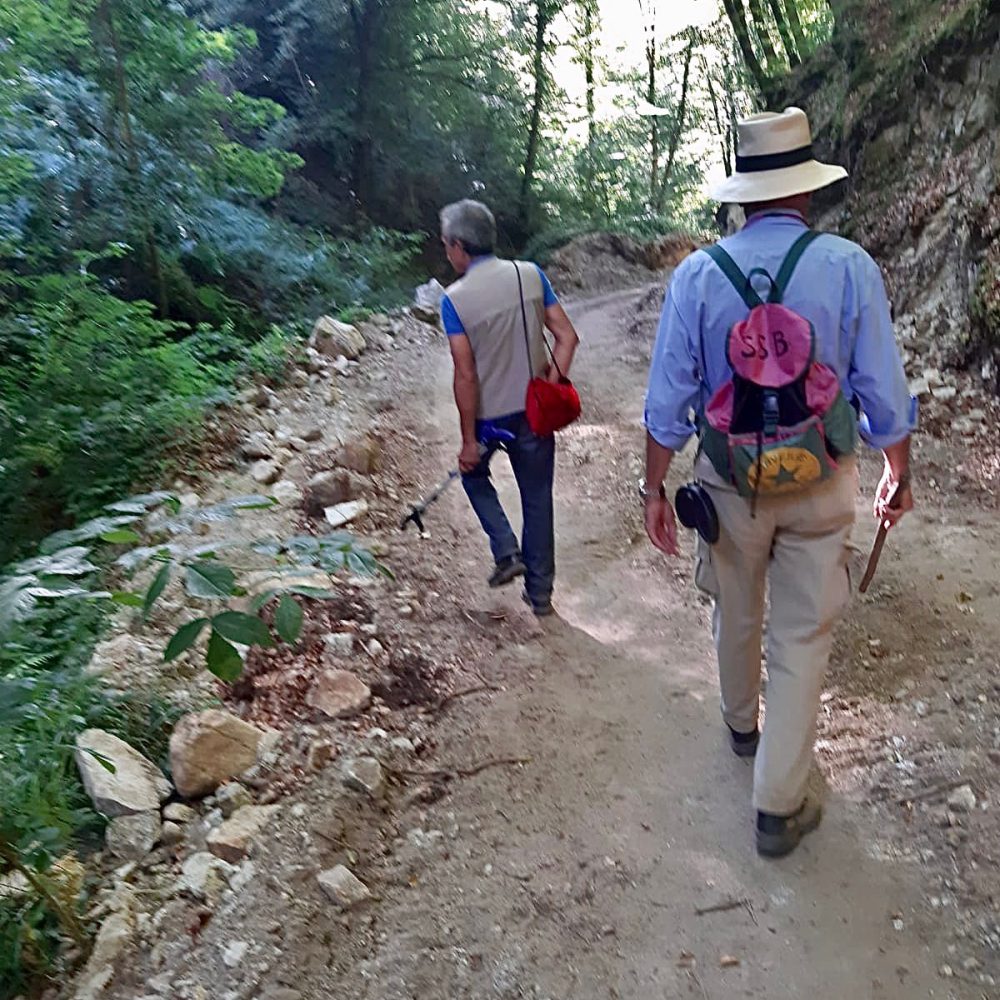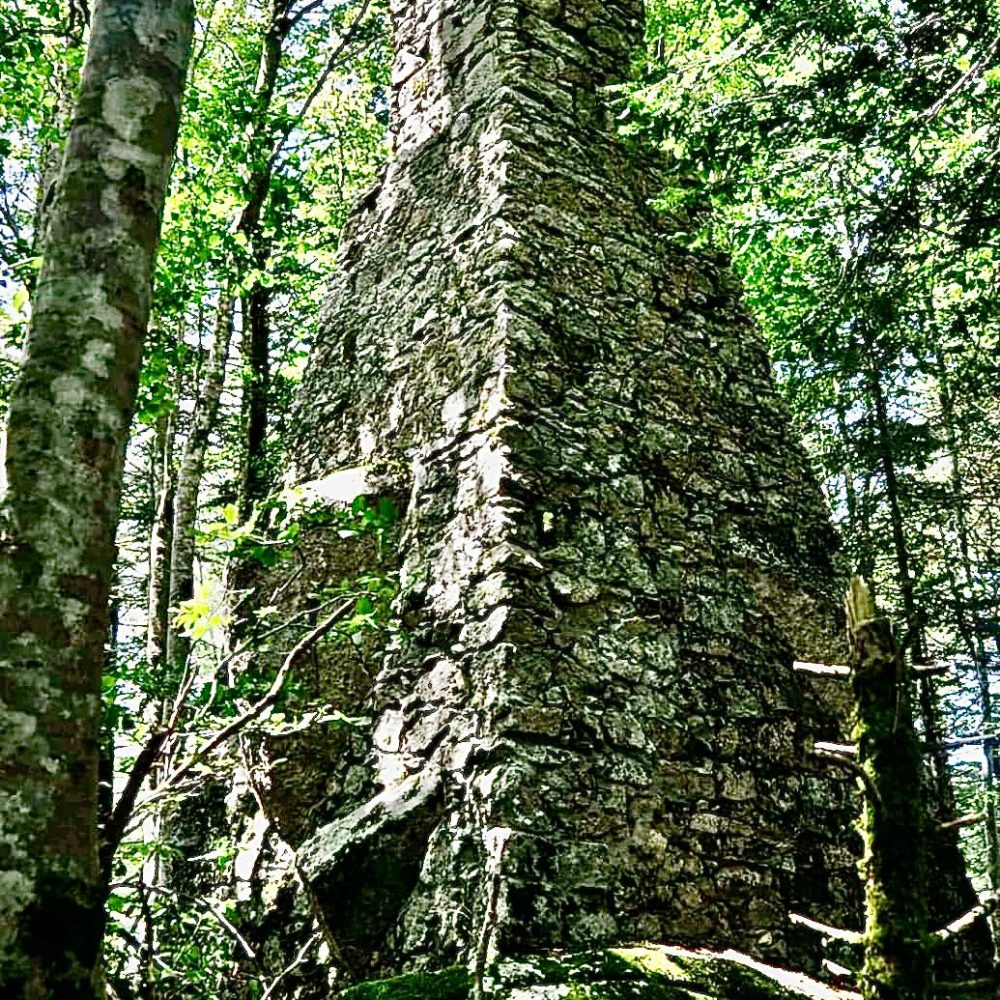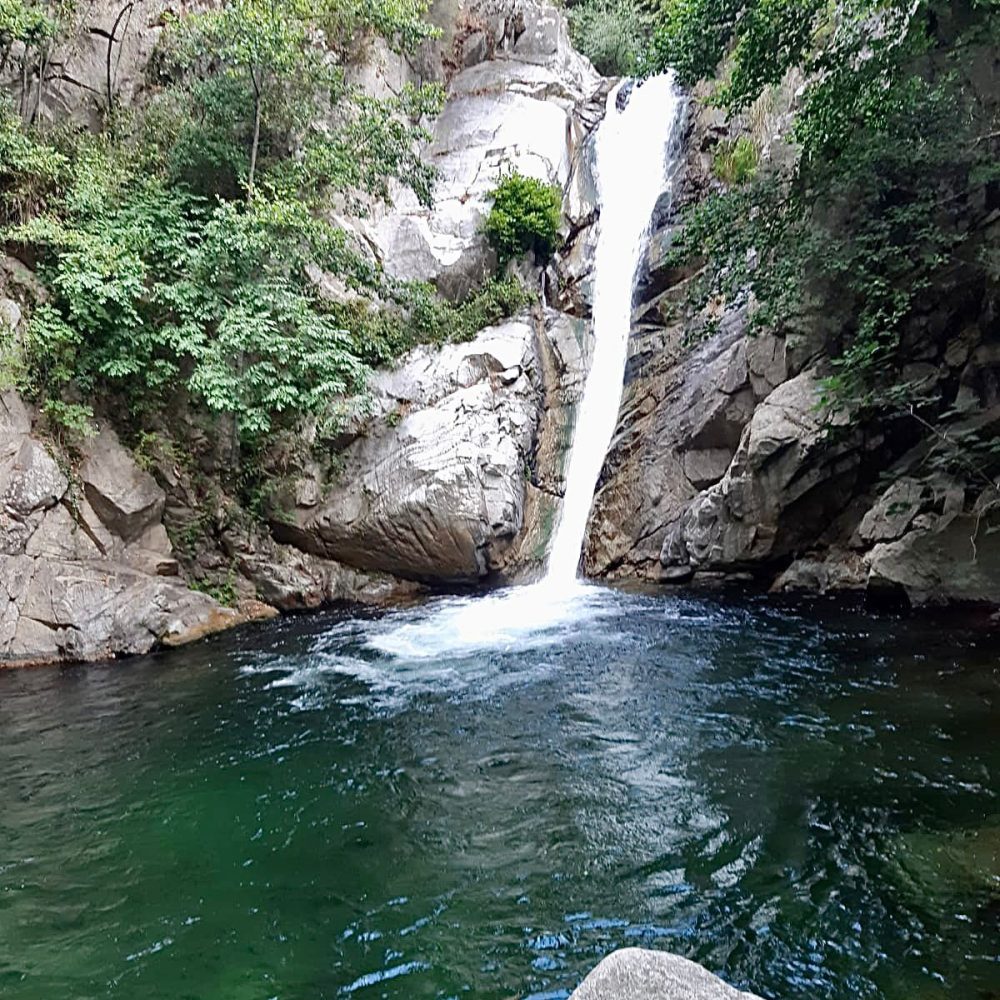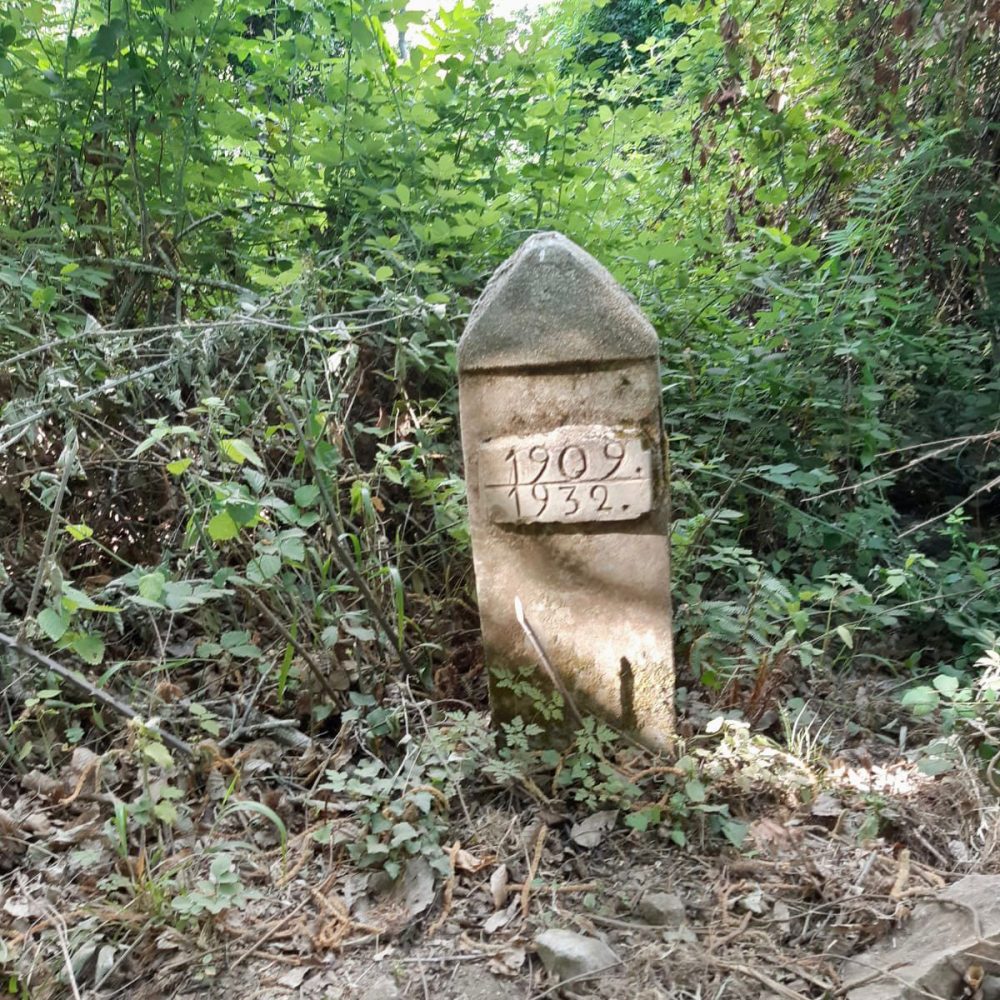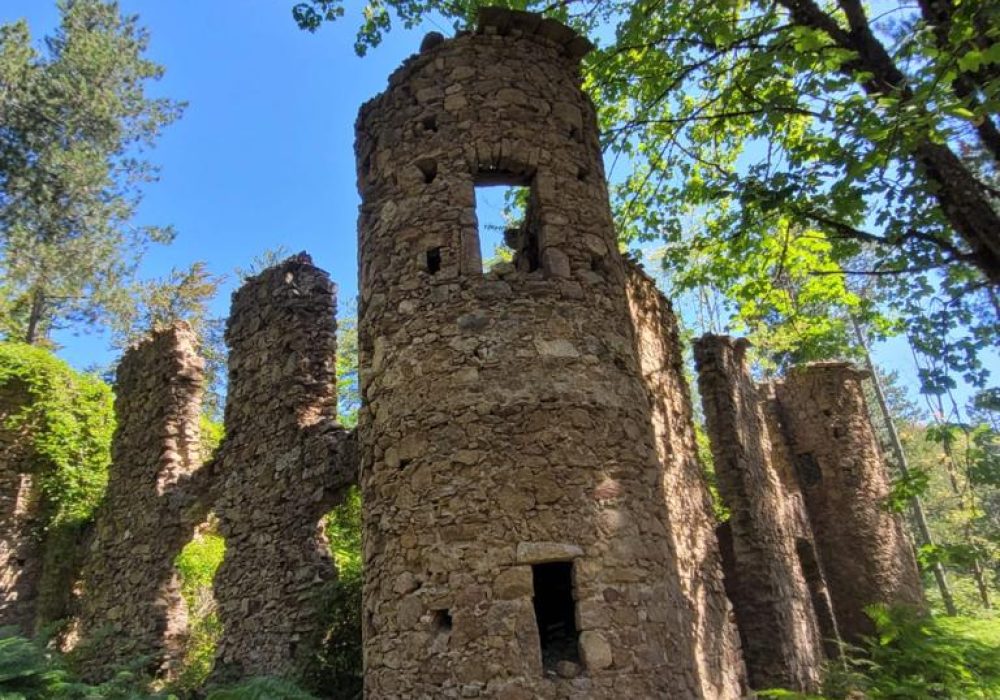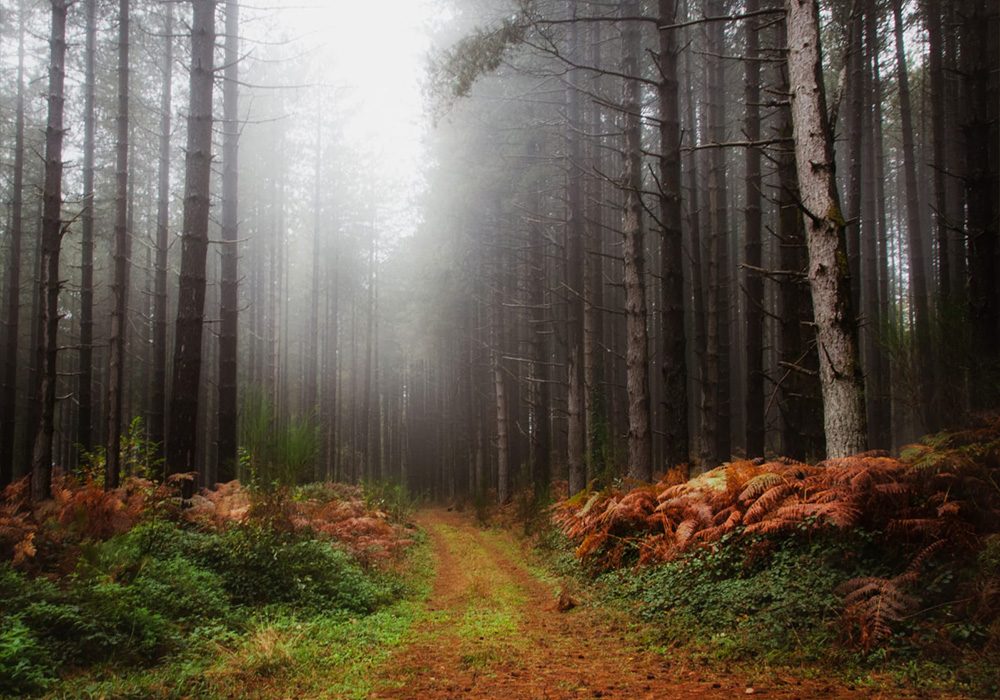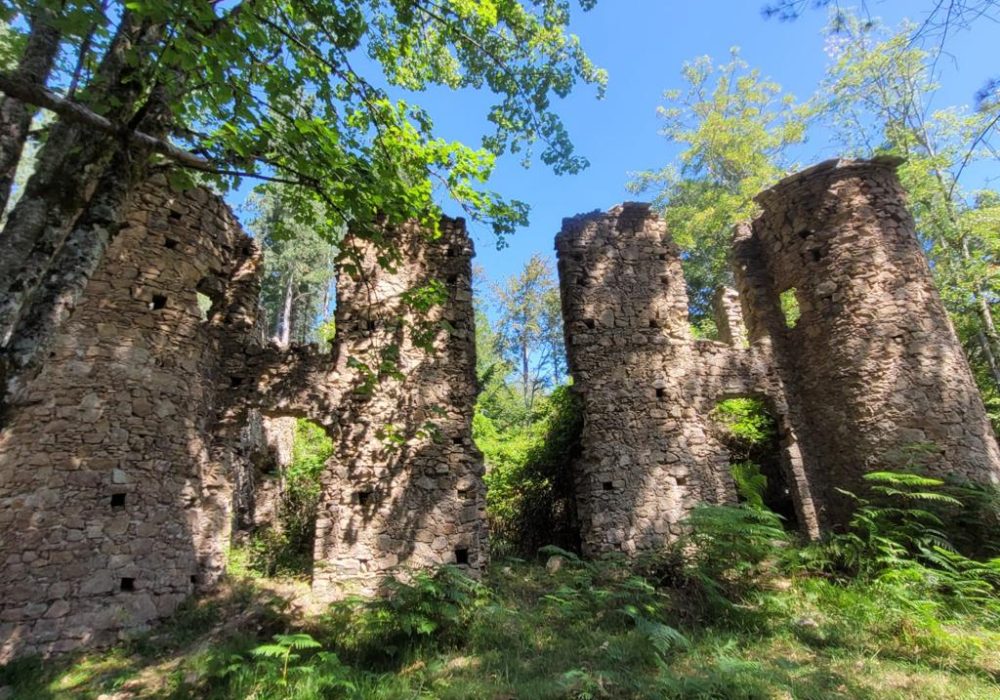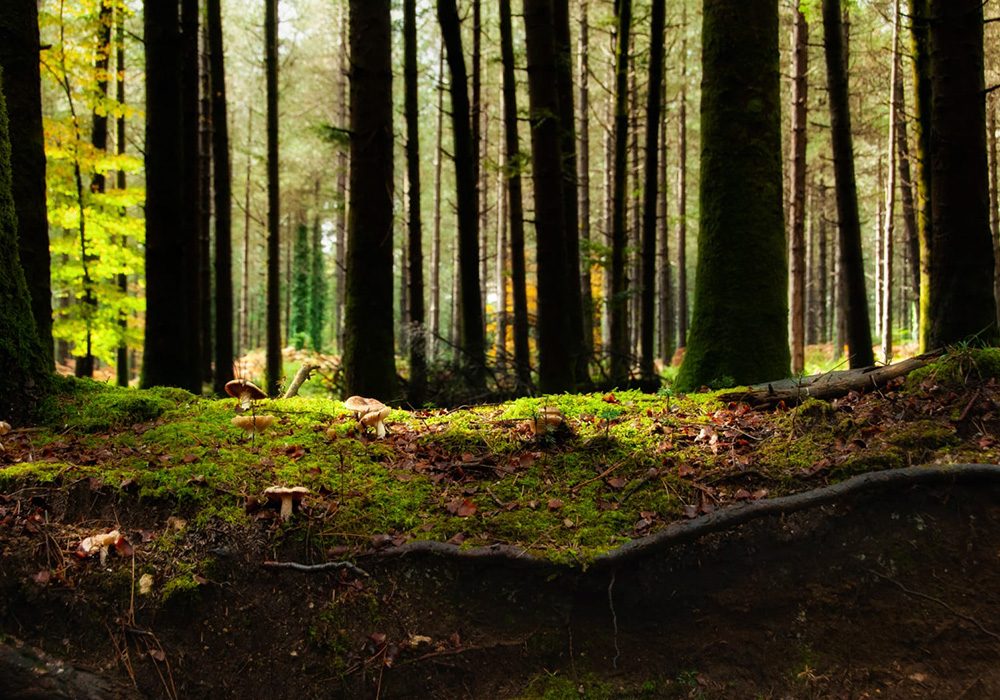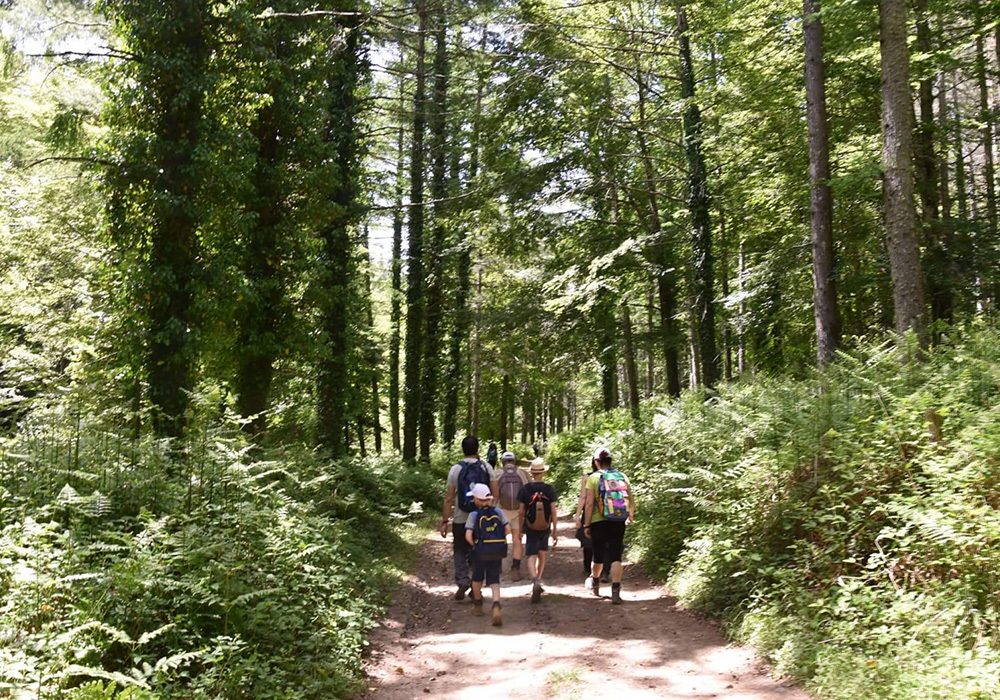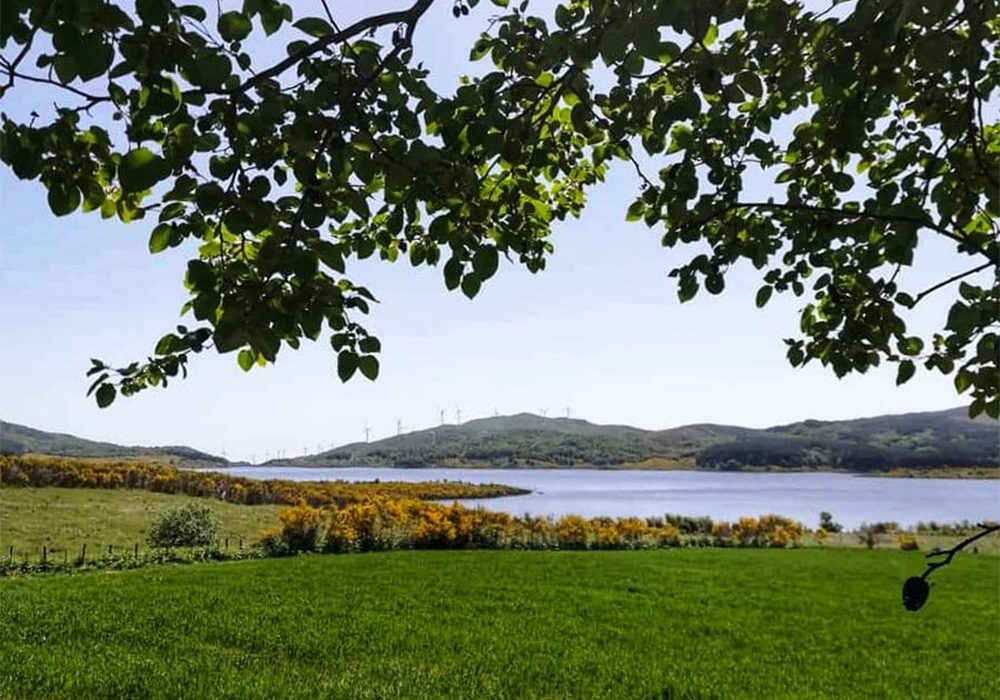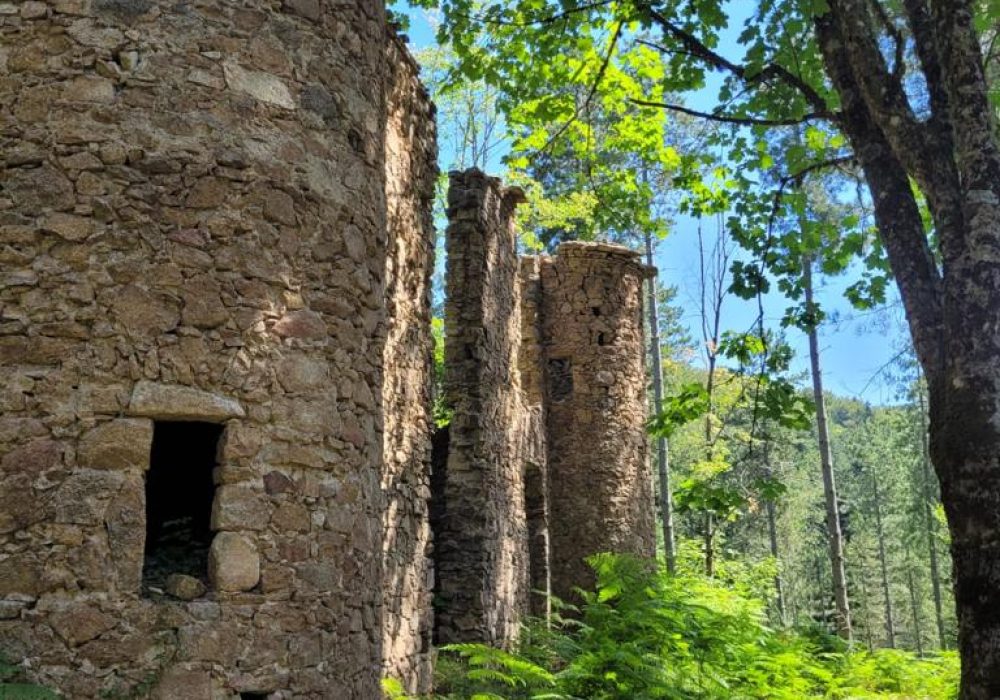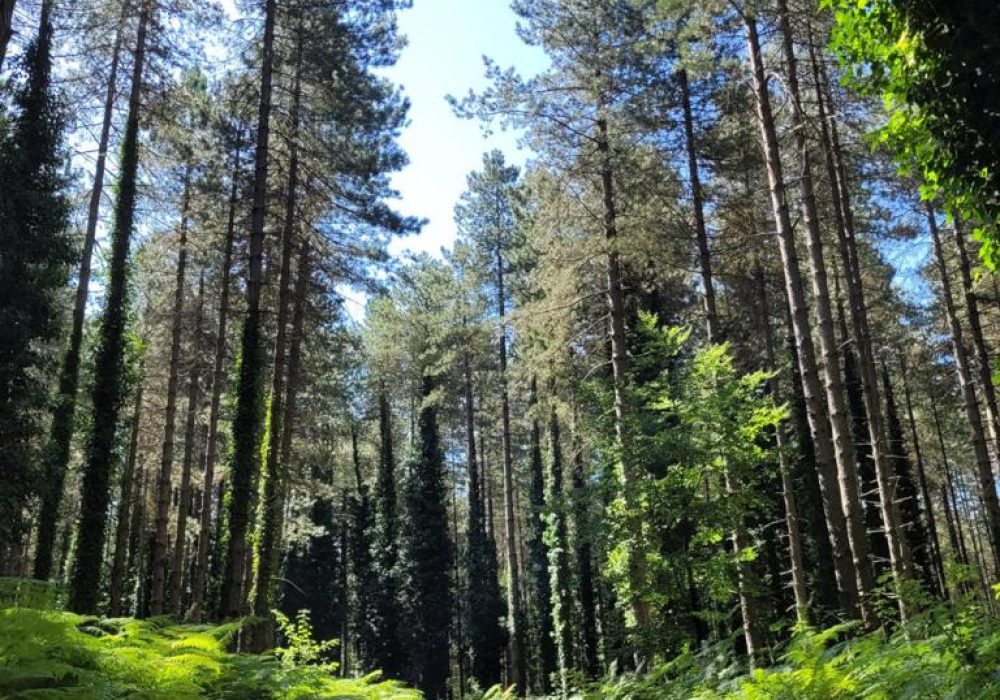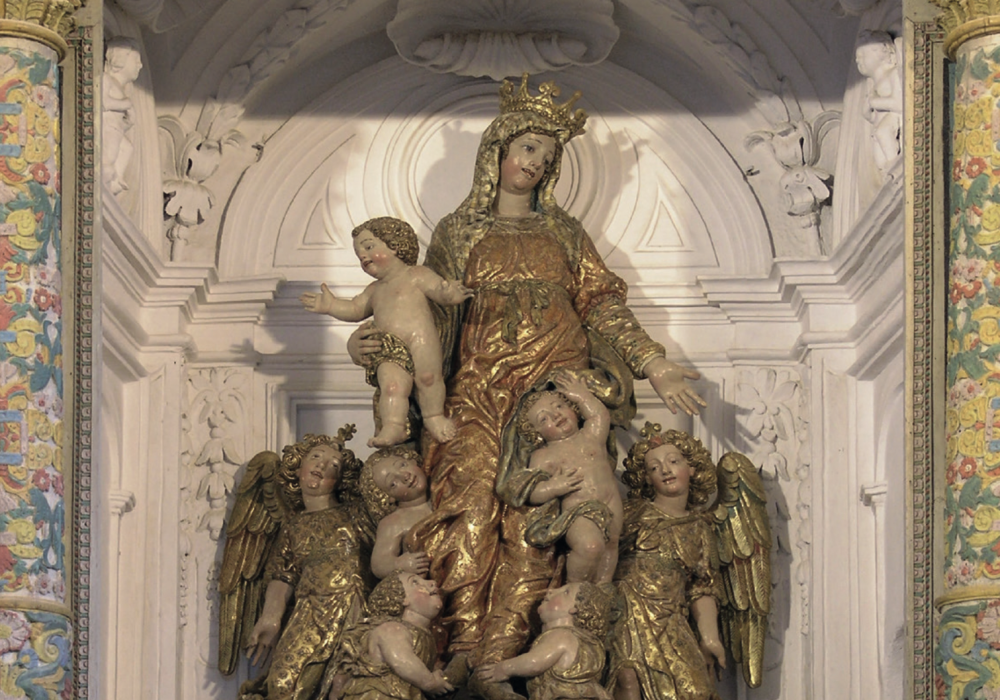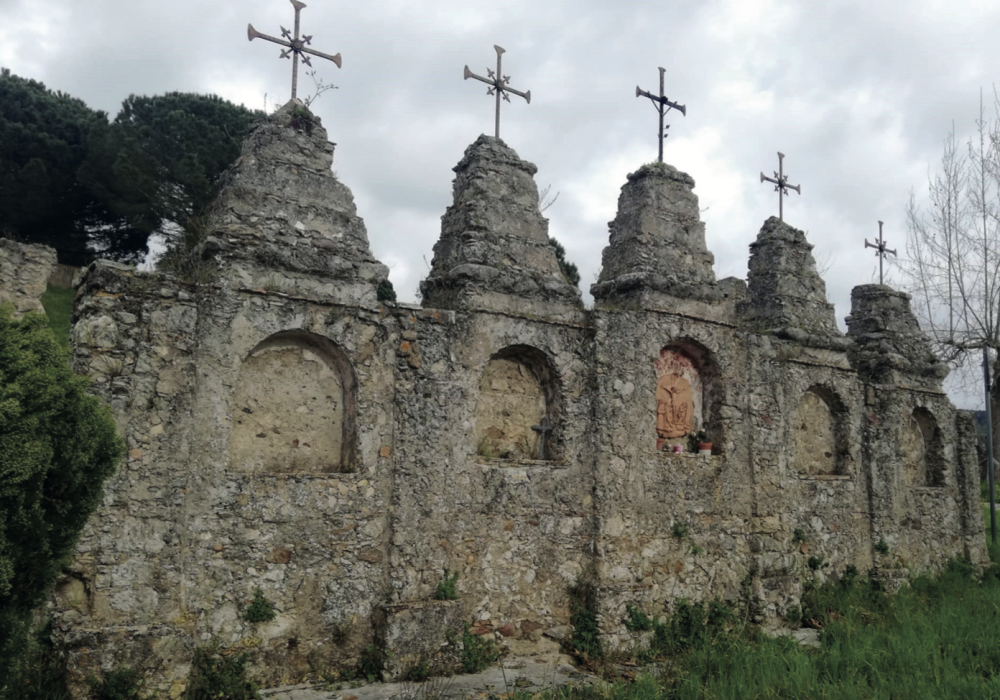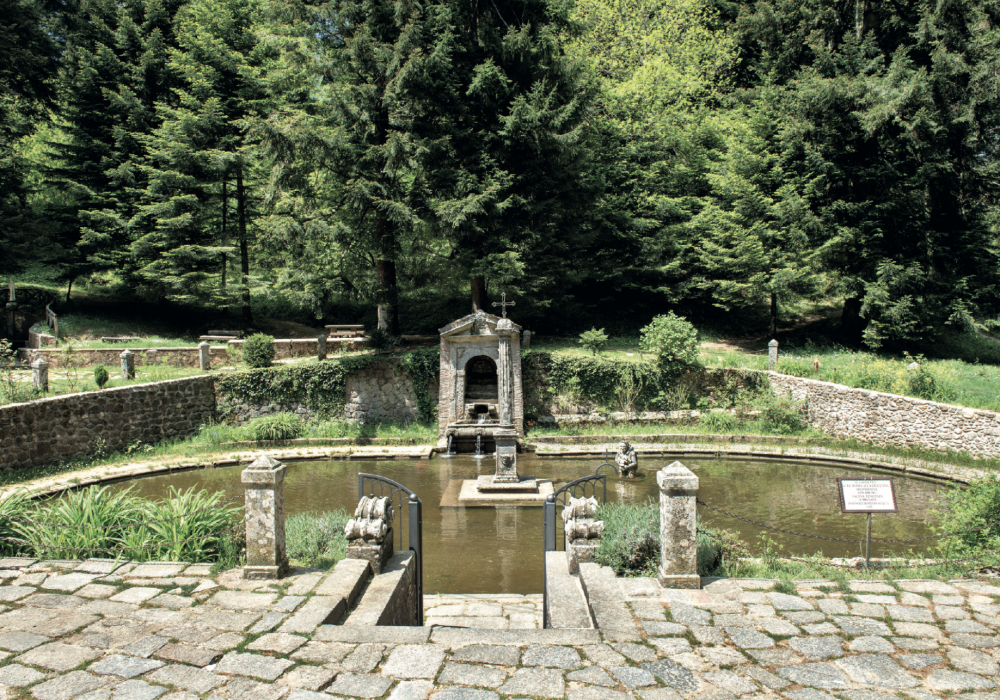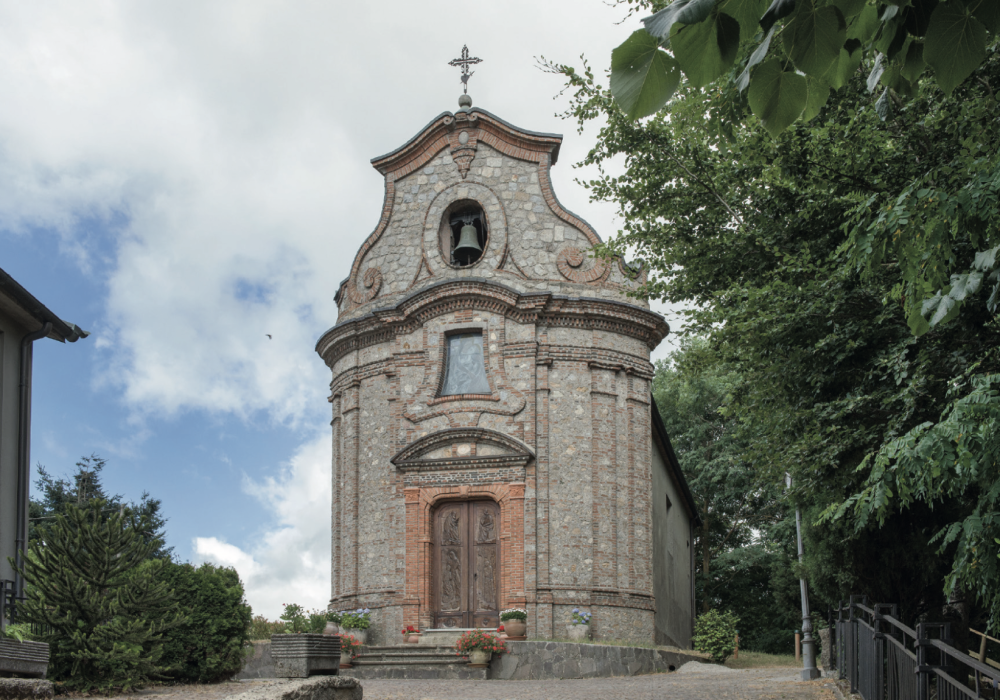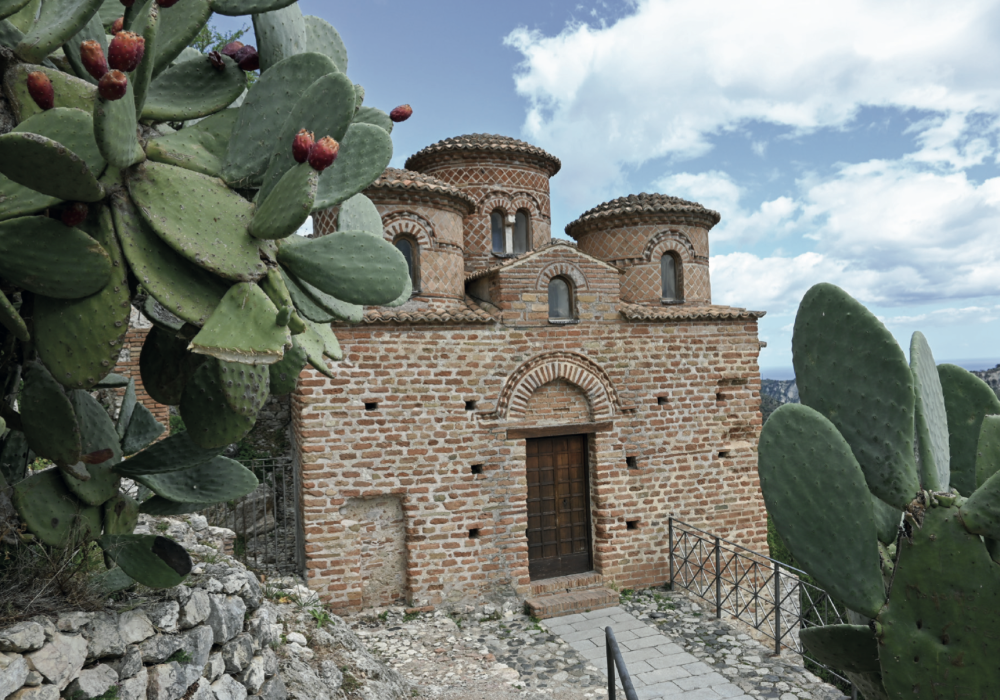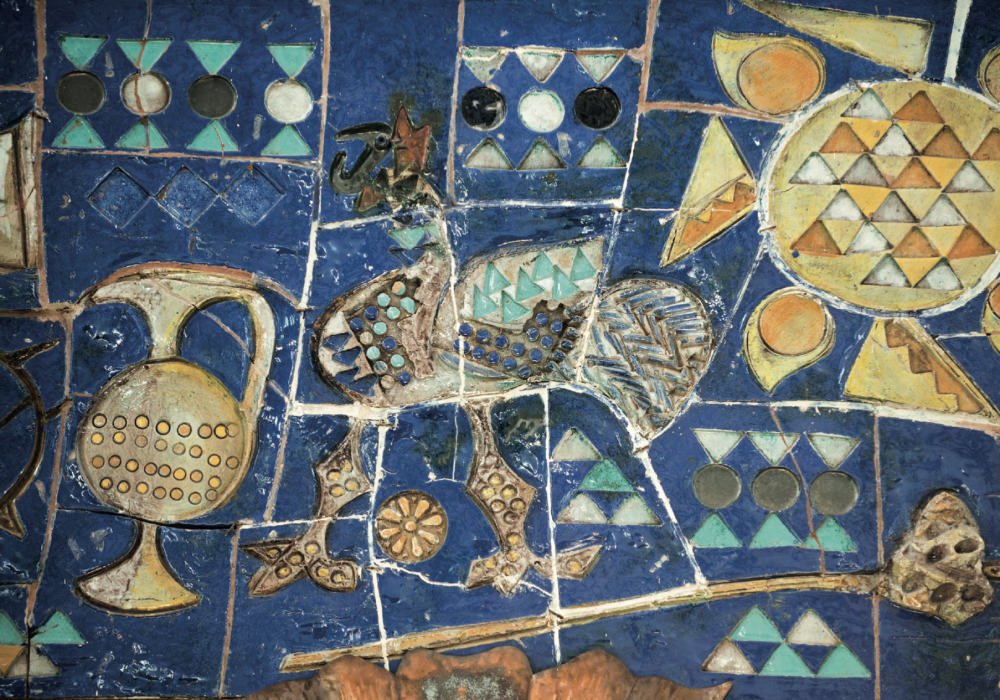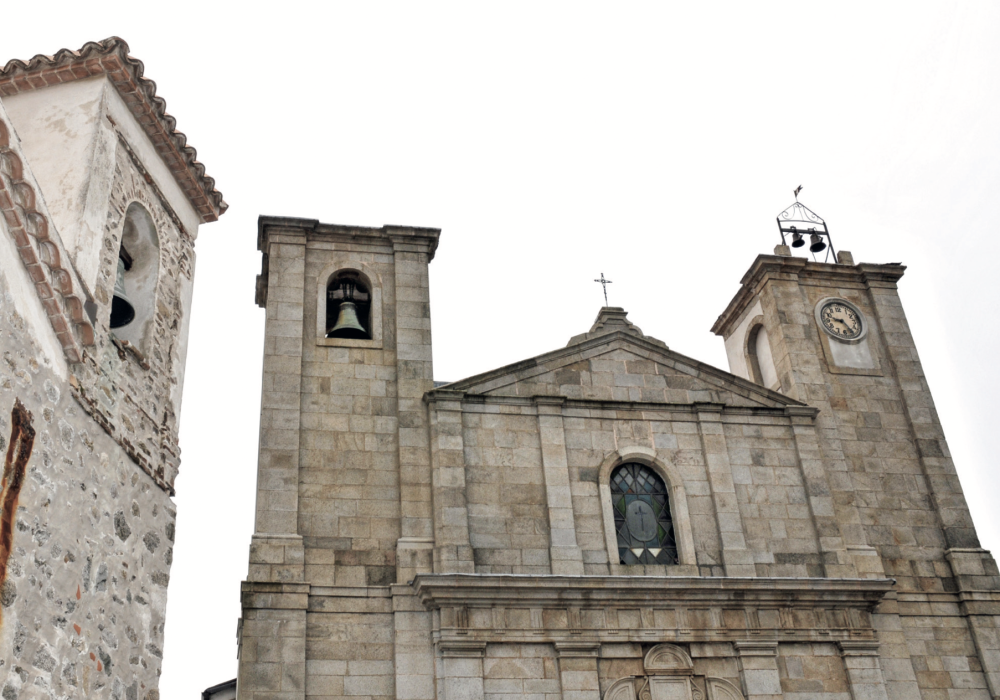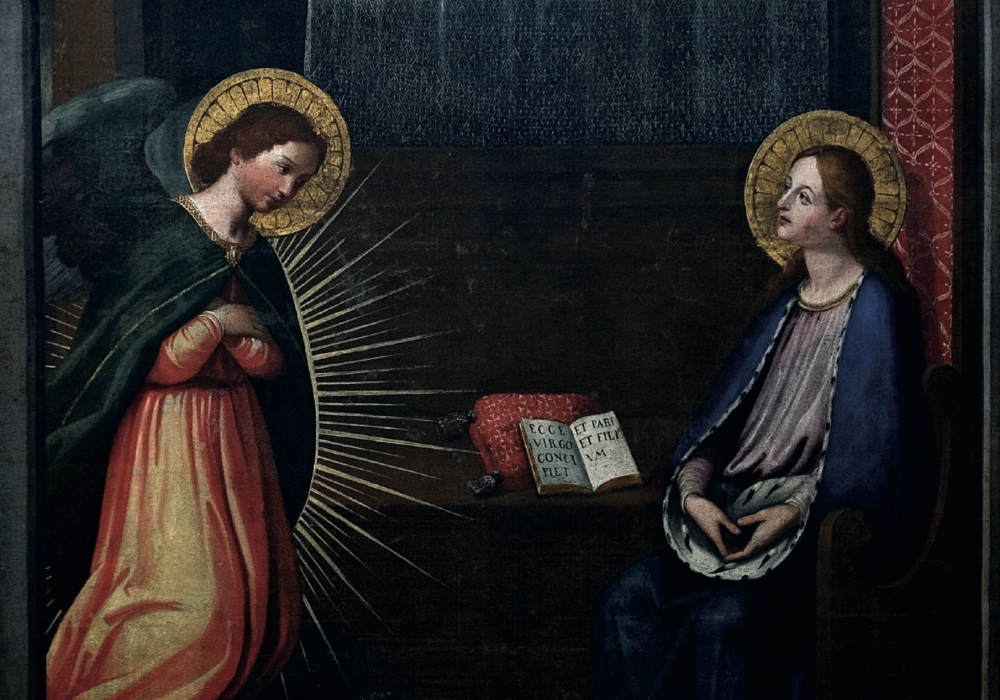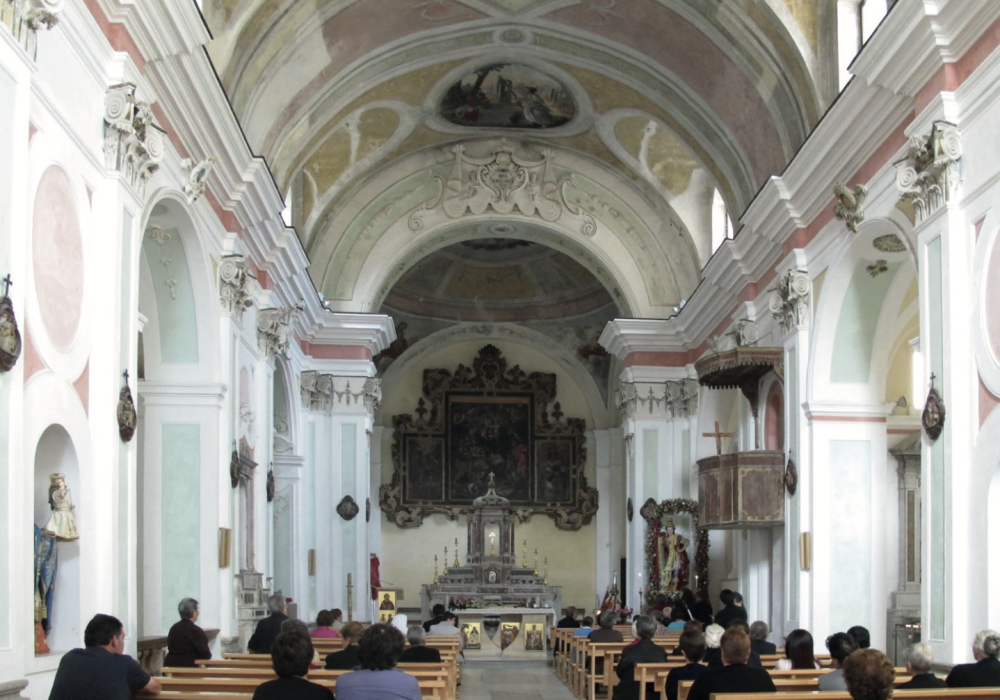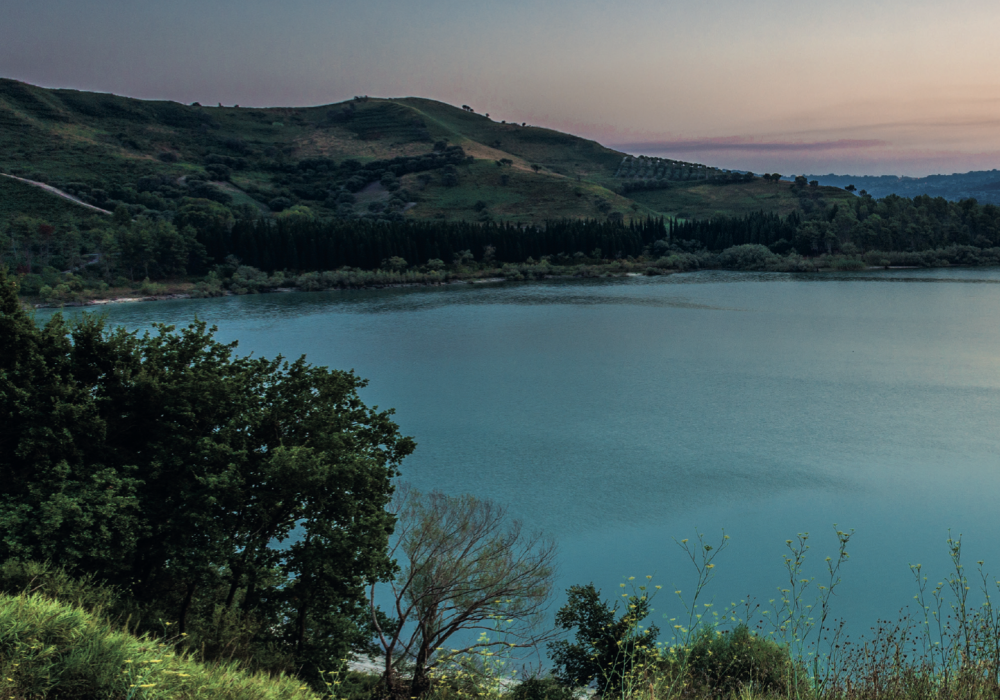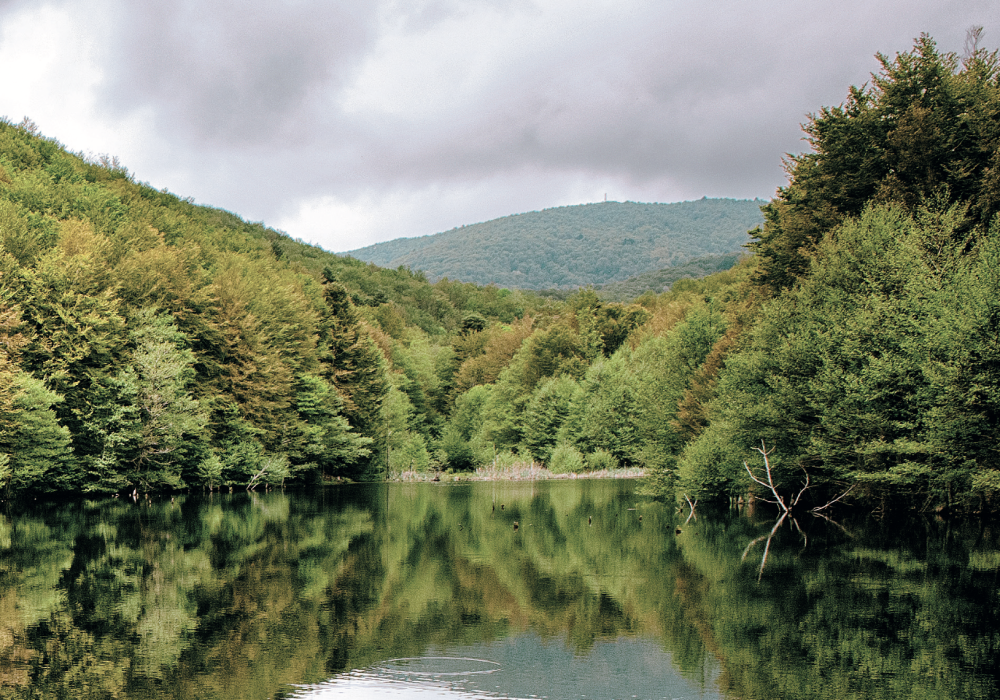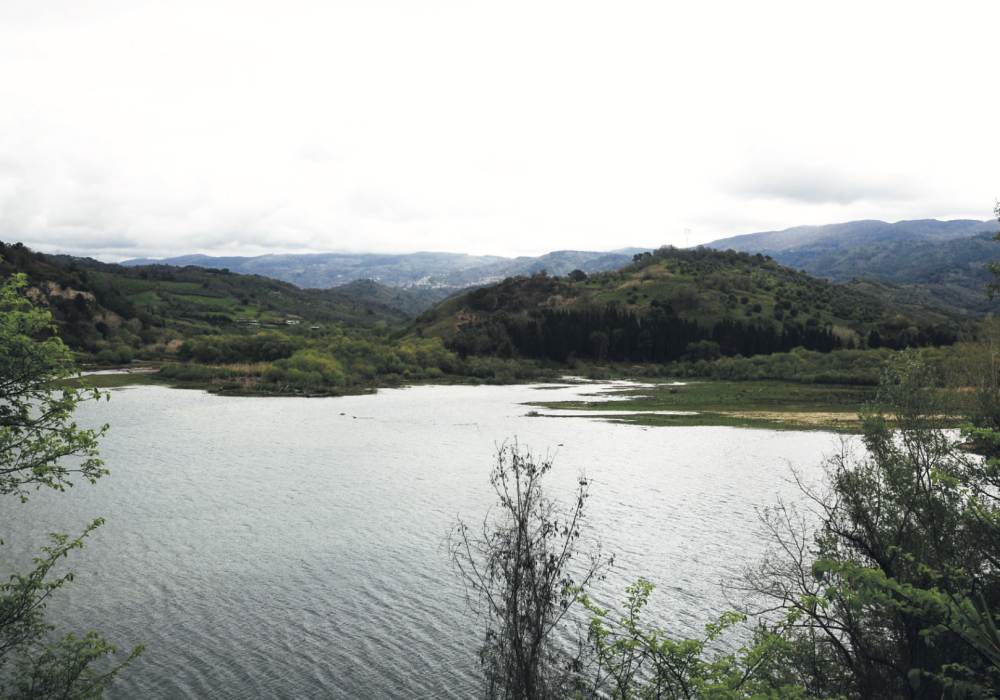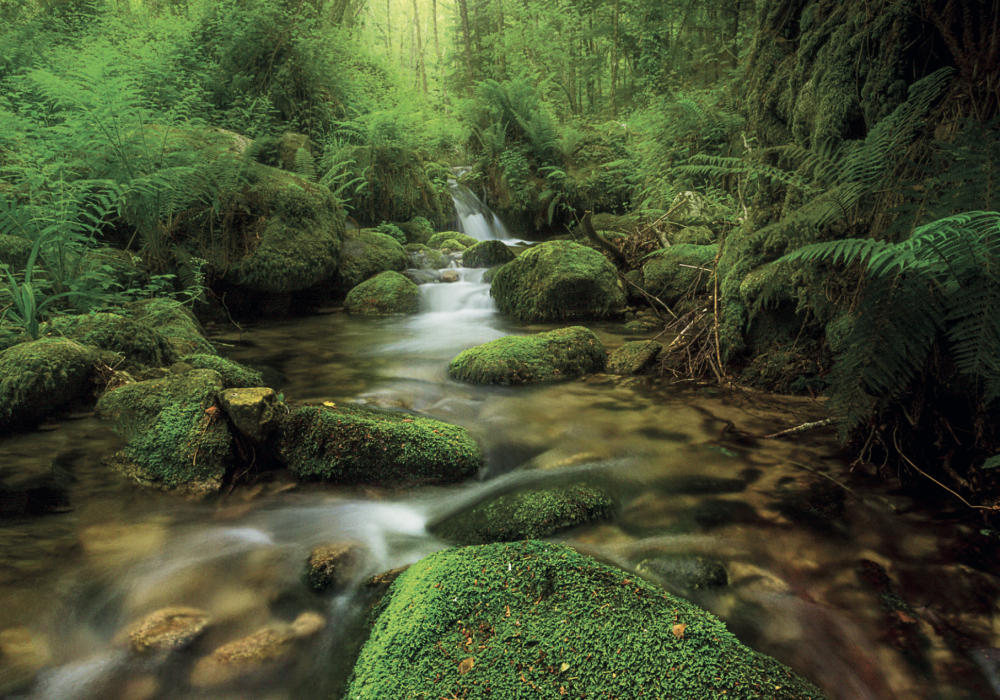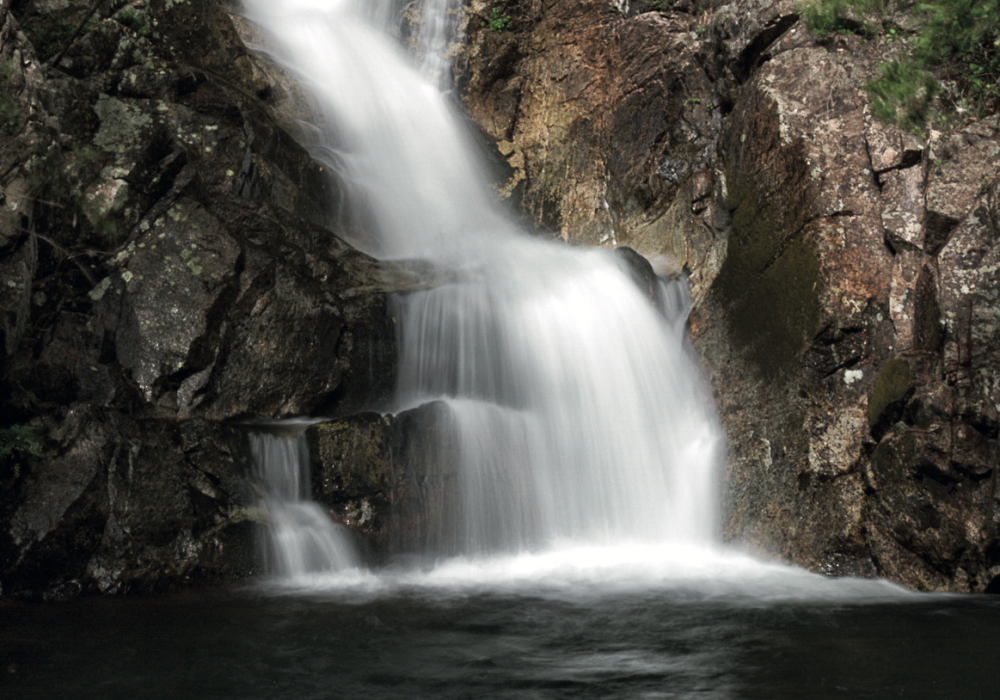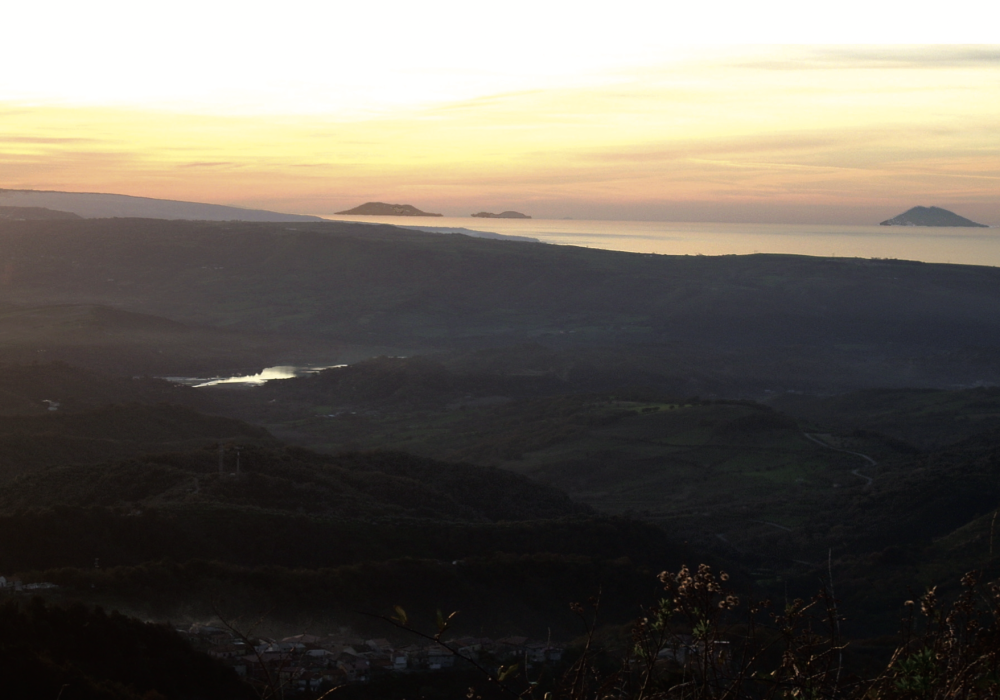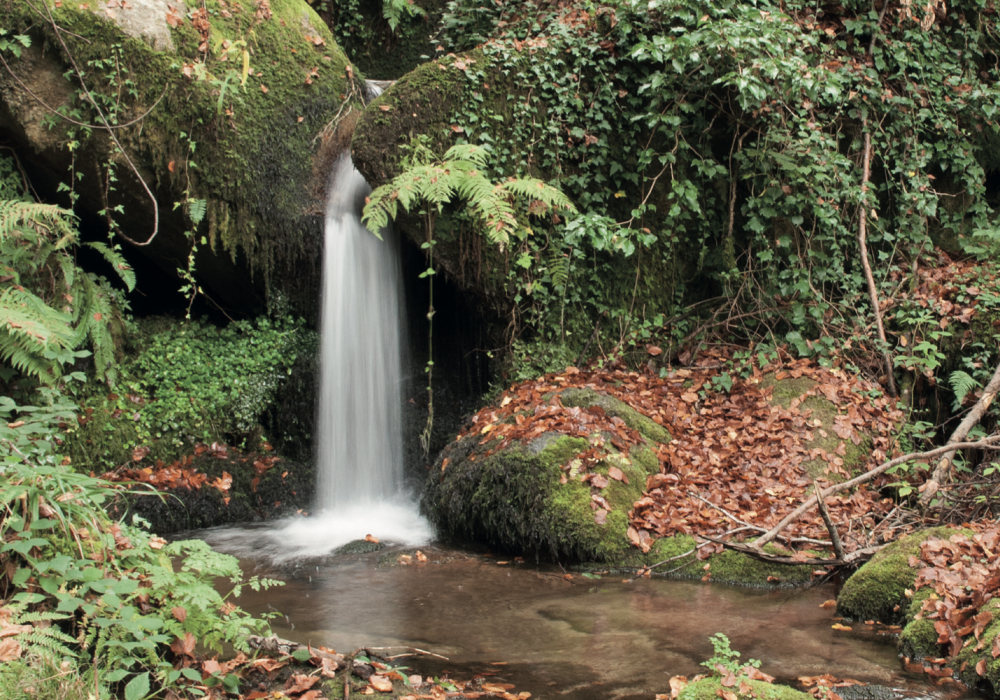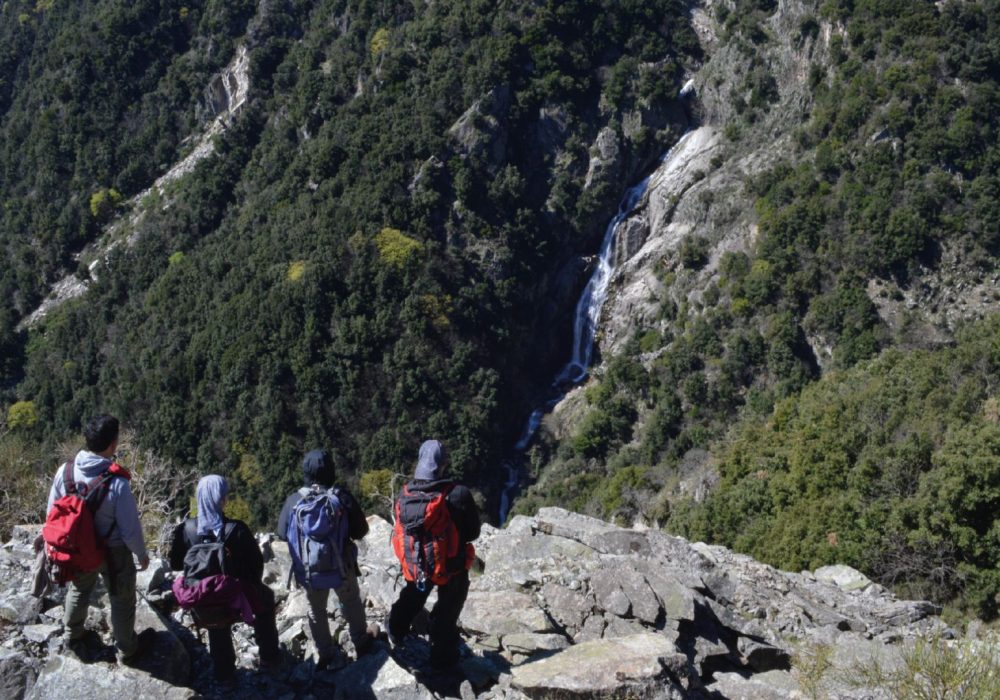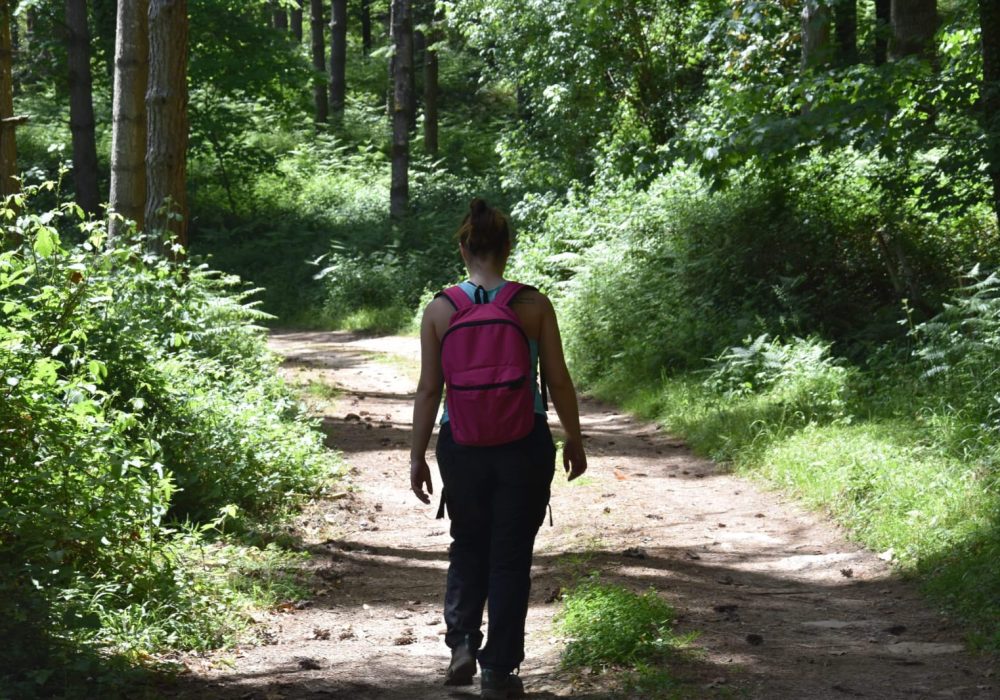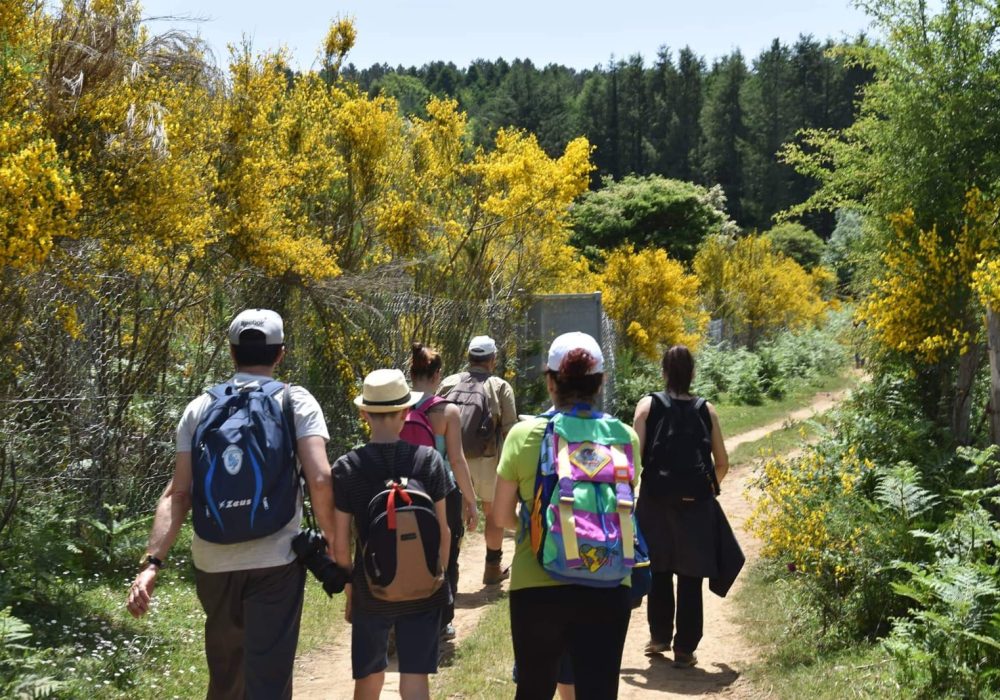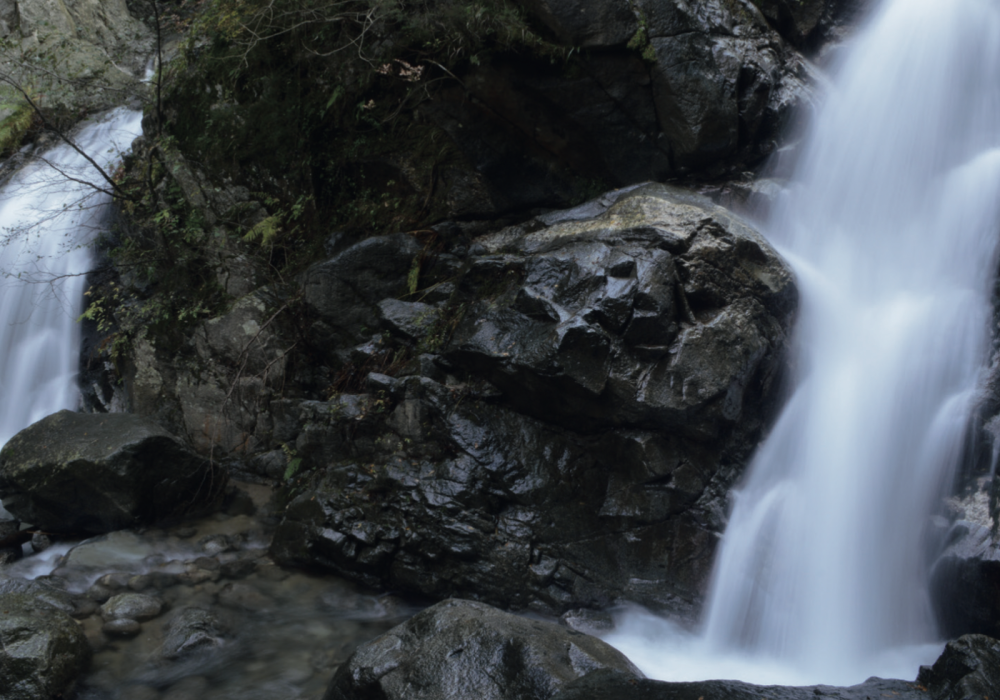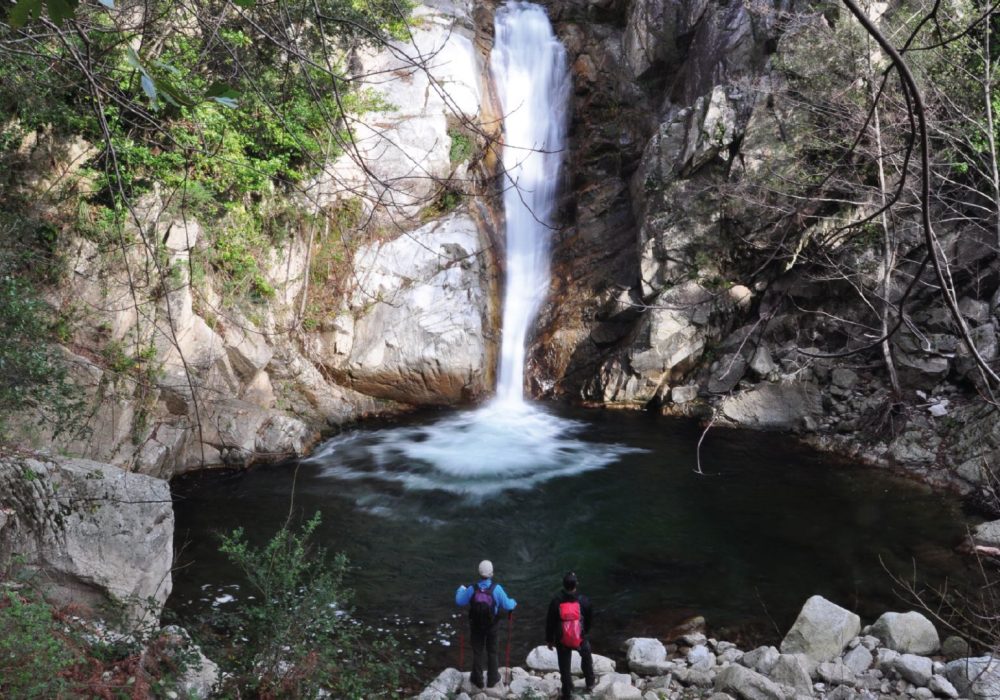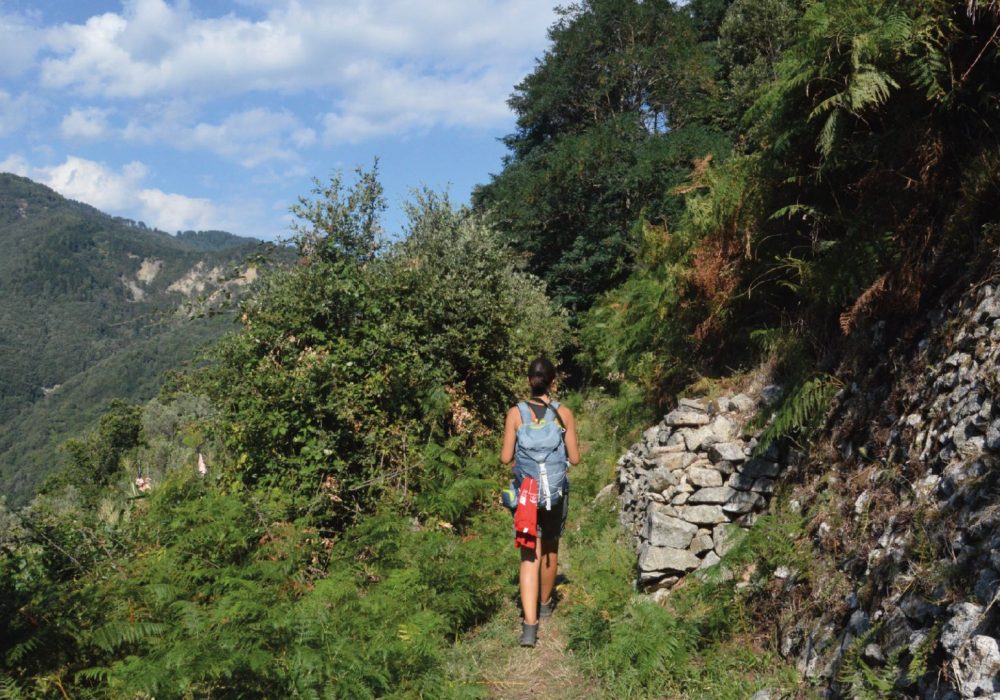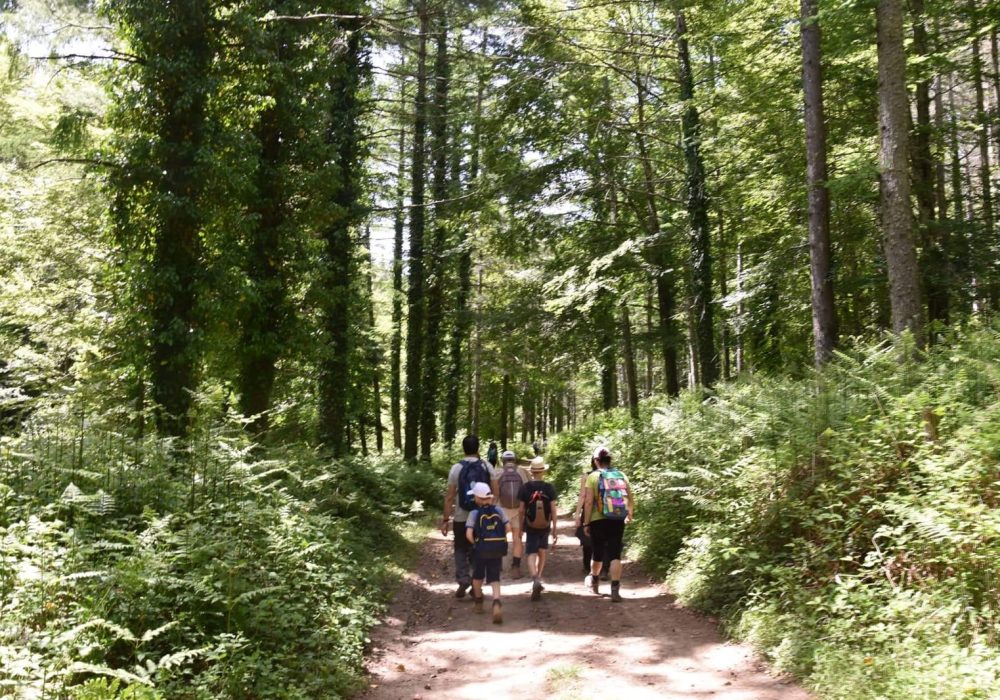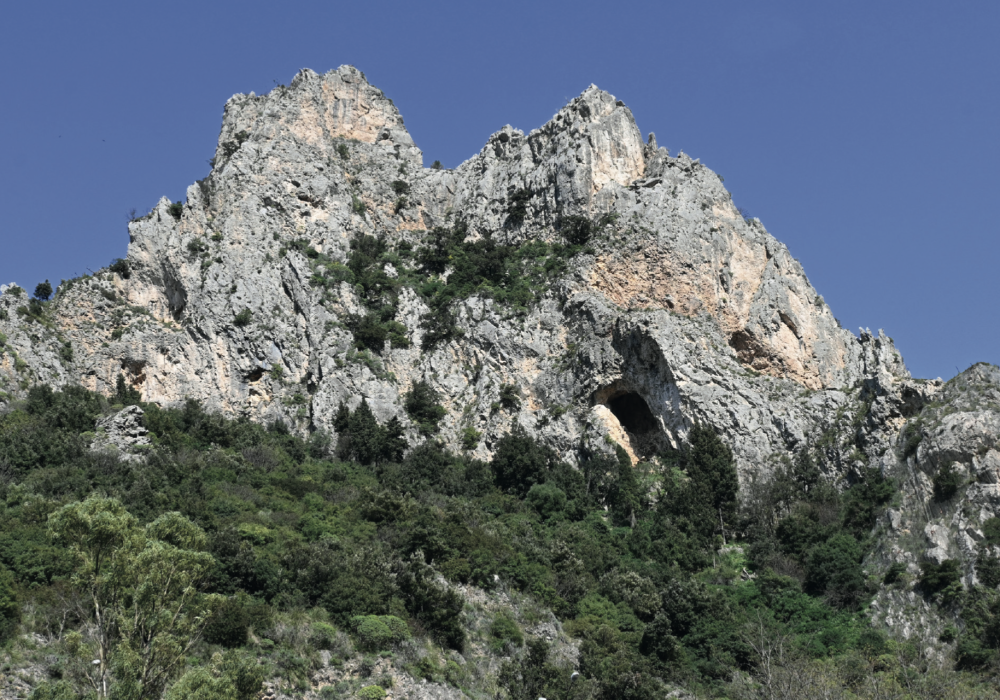Pecoraro-Lu Bellu Trail
A linear route in the heart of the Serre that combines natural beauty with important evidence of a ‘minor’ history of ancient crafts. A path revealing a profound bond between man and nature.
Path Info
MUNICIPALITIES: Mongiana (VV), Serra San Bruno (VV), Stilo (RC)
START: Cantoniera ANAS di Pecoraro, S.S. 110, Stilo (RC)
END: Casermetta Lu Bellu, Serra San Bruno (VV)
TIME: 3 hours
DISTANCE: 7,5 Km
DIFFERENCE IN ALTITUDE: 357 m
MAXIMUM QUOTE: 1.417 m
MINIMUM QUOTE: 1.060 m
DIFFICULTY: medium
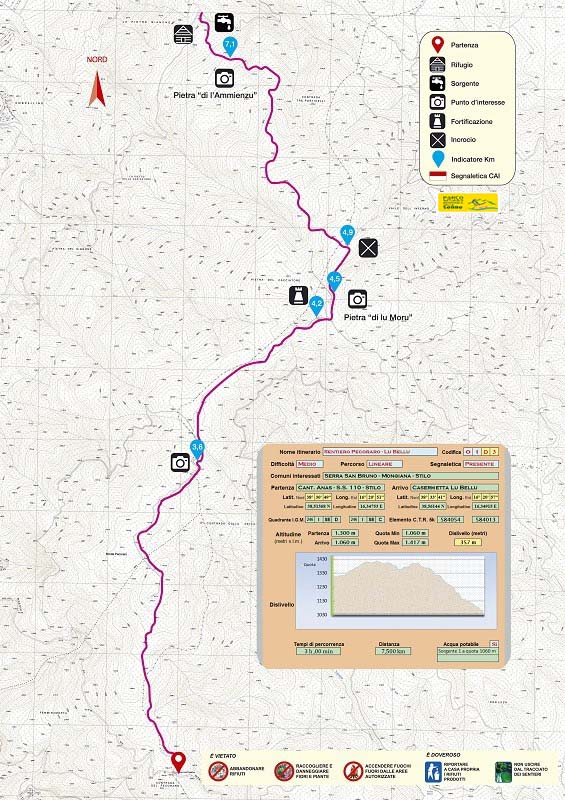
Description
A linear and easy itinerary, particularly up to ‘Pietra de lu Moru’, thanks to a minimal height difference.
It starts from the grassy clearing behind the Anas di Pecoraro cantoniera house on the SS 110 road to Stilo.
We proceed along a natural-bottomed road through beech and fir woods, ignoring the detours we gradually encounter.
The road, which is mostly flat, faces slight climbs and passes through a series of depressions.
After about an hour and a half, we find ourselves in one of these elongated openings and, if we look carefully, on the left, we can see the snowfields, the icehouses of the past and, just beyond, a large fir tree, partially charred, on the trunk of which three crosses are affixed: we are in the locality of ‘Cruci di l’Allampatu’. The place, also through a commemorative plaque, commemorates three woodcutters who died here on 4 June 1916 due to a lightning strike.
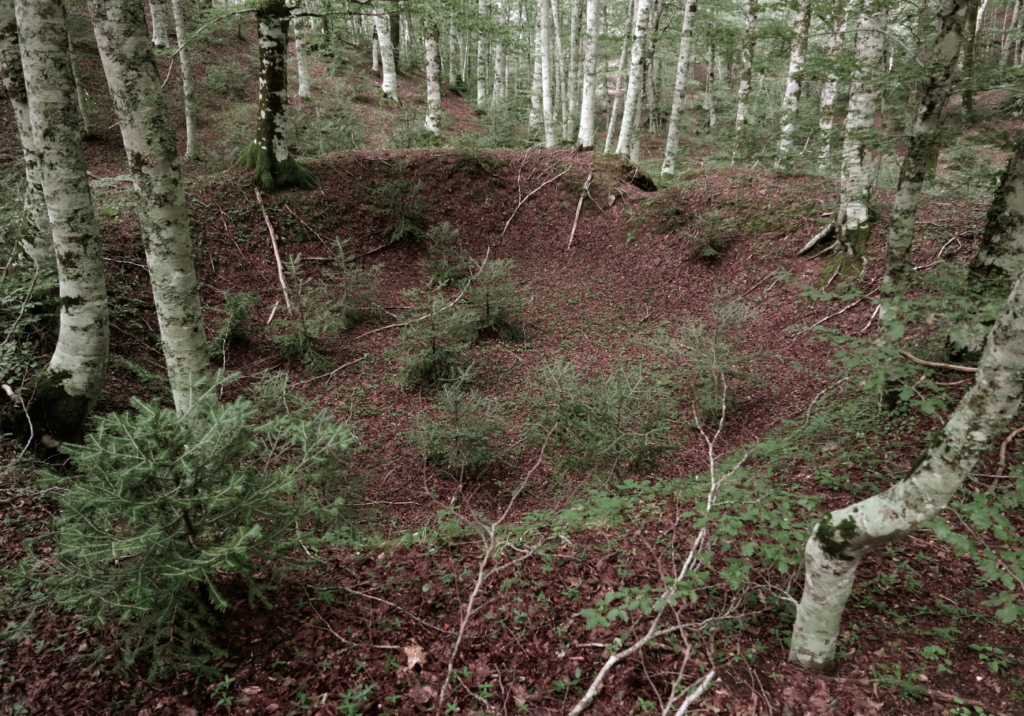
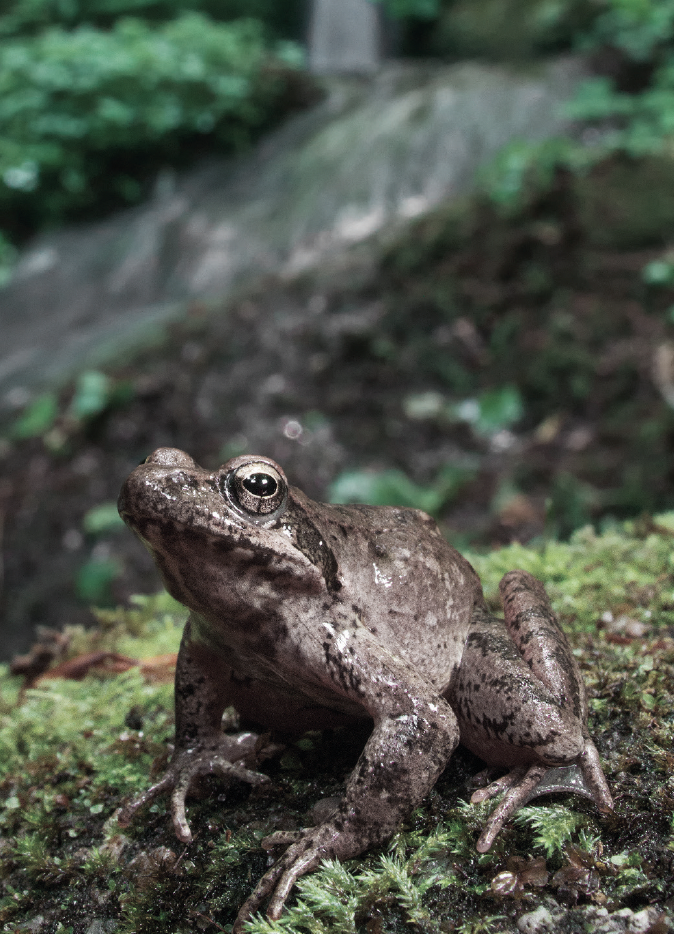
'NEVIERE'
On hot summer days, what could be better than enjoying a cold drink, ice cream or a ‘scirubetta’: crushed ice with flavours such as coffee or lemon. This is how it was for our grandparents, too. Once upon a time, in the forest, there were nivera, huge holes, now almost unnoticeable, often lined with stone, isolated, in which large quantities of snow were piled in winter. The bottom of the nivera was strewn with twigs, reeds or rushes to prevent the ice from touching the ground.
The snow was pressed down to form a series of ice sheets of a few tens of centimetres, each separated from the others by a small layer of straw or ferns. The insulated snow could thus resist for a long time. The finished product was cut into blocks with saws or axes and used either as a coolant or for food purposes
'PETTIROSSO'
A delightful little bird characterised by its chest covered in reddish feathers and its song: a cascade of crystal-clear notes that resounds all year round and will accompany us along the way.
Despite its small size, the robin is known for its swaggering behaviour.
Coniferous forests are its natural habitat but it is also often found in gardens, hedges and groves.
It nests in holes or cracks in trees, at the foot of hedges and in ivy. The nest is shaped like a perfectly round cup. It is insectivorous and generally feeds on the ground. During autumn and until spring it also consumes many berries and small fruits.
BOURBON WATCH TOWER
Just before reaching the ‘Pietra de lu Moru’, a short digression to the left allows one to admire a watchtower from the Bourbon era that stands on a conical peak covered with white fir regeneration.
Like all constructions of this type, its purpose was to provide a high and safe place where a sentry or guard could keep an eye on the surrounding area.
The pyramid-shaped structure incorporated a granite rock in its base, a fine example, therefore, of how in the past foundations were provided with stability by using indigenous materials with the added advantage of a low environmental impact.
DE LU MORU STONE
Serra San Bruno is known for its beautiful churches and mansions, built by local craftsmen using natural resources such as granite. The woods are dotted with these fascinating formations and on our route we can admire one that was used as a quarry in the past. The main element of the quarry reaches about 7 m and it is still possible to see the incisions and wedges placed to separate one cut from the other. If the place has intrigued us almost to the end of the route (there is a special sign), immersed in the forest, a second quarry, “La Petra di l’Ammienzu”, will offer us a further glimpse of the working of this material.
